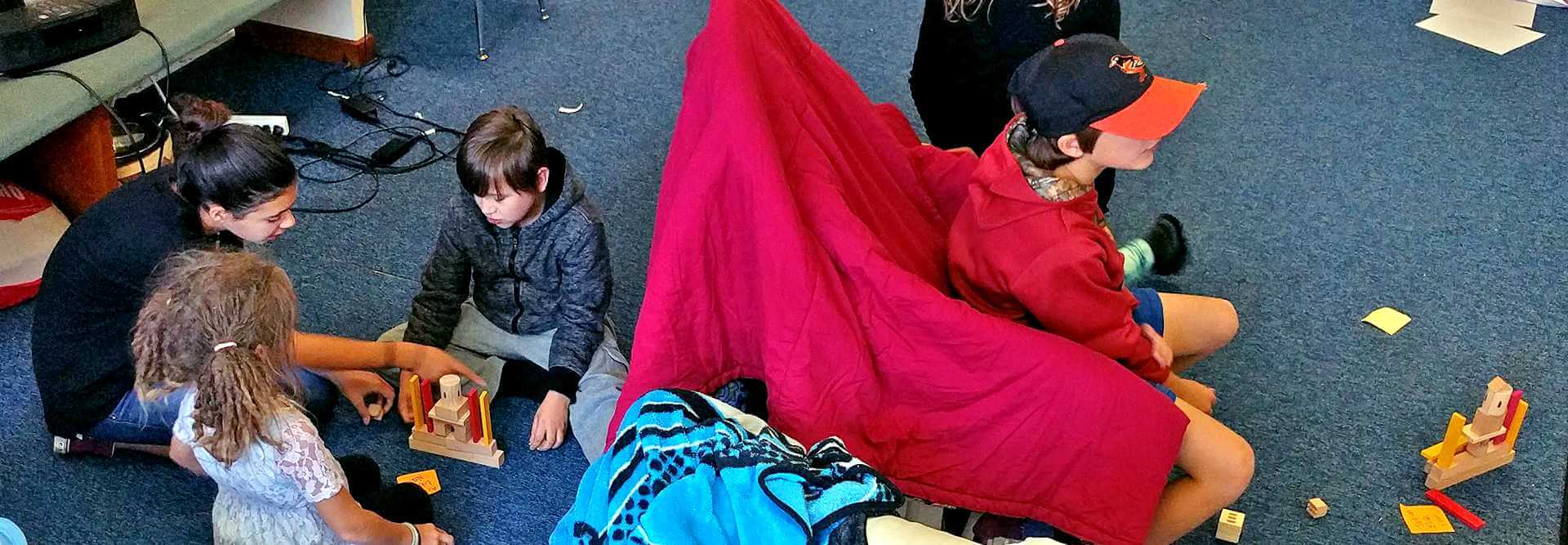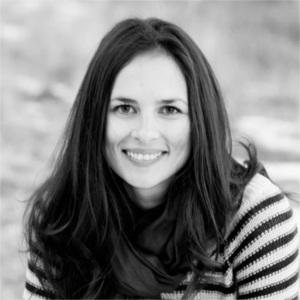“I can’t hear anything, how am I supposed to do this?” Marcy cries out in frustration, after asking a group of boys nearby to be quieter.
“Hm, I see it feels really challenging for you focus on what you’re doing when the room is so loud. The noise level is challenging for me too. I see that the other kids are also trying their best to so speak and hear each other, and there are probably ways this activity could have been set up differently. I’m sorry, Marce.” I respond, genuinely appreciating the enthusiasm of the kids who are being loud while also really empathizing with how the set up is challenging for her to participate in the way she really wants to. The activity is really fun, and most of the kids are pretty excited to do it.
The room is loud and cluttered with the bodies of children, blocks, blankets and boards. I listen.
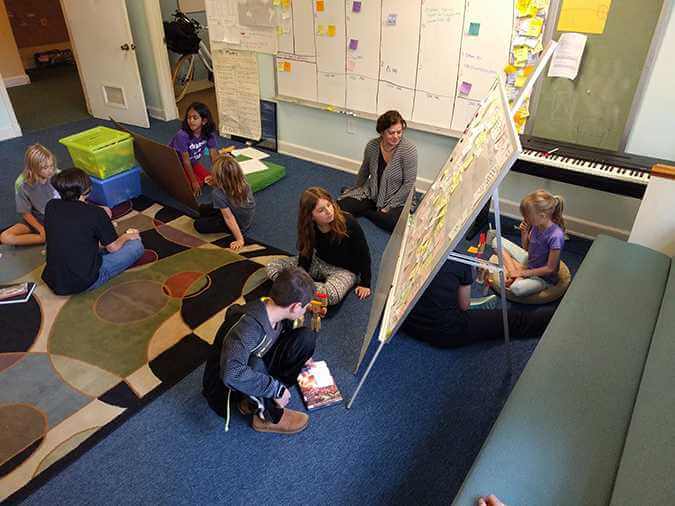
“Okay, so take the longest rectangle block and put it sideways on the ground, so it’s right in front of you. Like if you are sitting criss-cross applesauce, the block is sideways just like your leg is.”
“Now take the red block – you’ve got two left, right? Okay, put it so it make a cross with the yellow one on top of that castle piece, that one that’s like a cylinder, ok?”
“Put the block so it runs like a path from you to me, along the ground in front of the tower. Make sure it touches the bottom of the arch piece.”
I look back at Marcy, who is trying to so hard to hear Shawn’s instructions on where to place her blocks. Rena, Marcy’s partner, has moved closer to the white board that divides them from Shawn and Jennifer so she can hear better. She’s repeating the instructions given so Marcy can feel included and can participate in recreating the block tower that Shawn and Jennifer made. Their challenge is to build structures with blocks and then explain to another group how to build it verbally. The other group is behind some type of barricade so they cannot see the structure that was made. They just have to listen to the explanation given and recreate it.
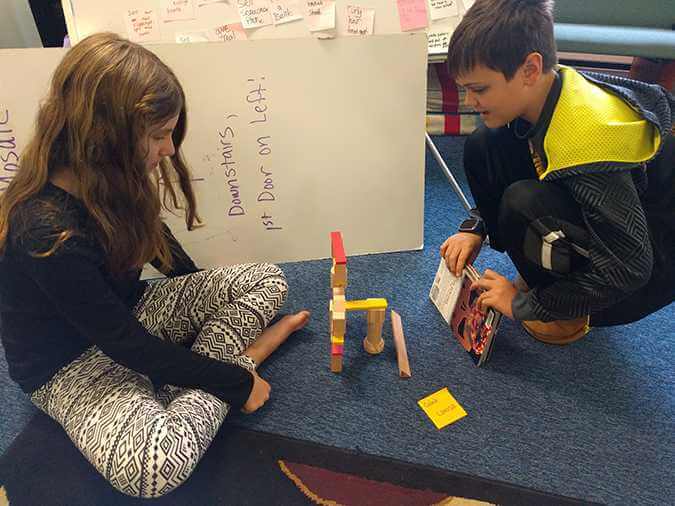
I walk over to Melissa. “Isn’t it fascinating to observe this? I feel like I am seeing their personalities come alive, seeing their differences and how they respond, describe, and engage! Like, how when Andrew and Gabe first described their structure to Luke and Ayan, they said told them to take all of their blocks and build a wall. So the two walls were completely different. But how Caleb jumped in right away to describe every single block in detail and give very clear, step by step instructions. Both sets of kids given the same instructions, and both carried out in completely different ways!”
Melissa chuckles, “I know, it is really interesting. But have you noticed how Gabe and Andrew’s group have become more detailed in their description since?”
I look over and see that Luke and Ayan are now giving instructions and that the towers being built are similar in appearance from other side of the barricade.
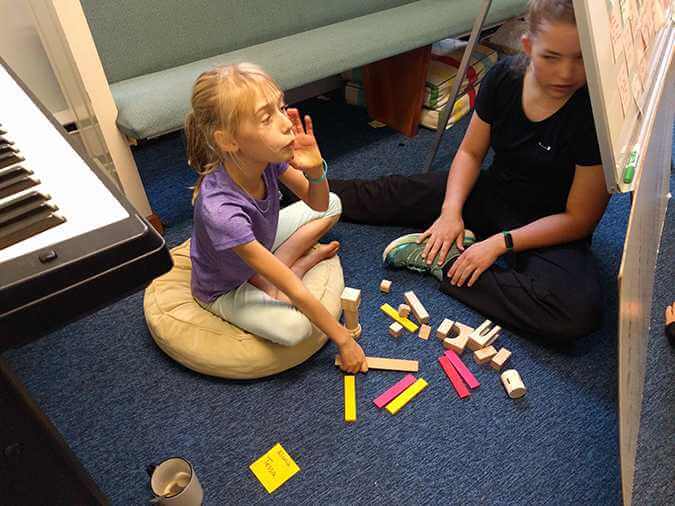
“Can you guys PLEASE be quieter?” Marcy interrupts my observation, and I can see in her face she is thoroughly exhausted from the mental exertion it takes for her to hear their instructions in separation from the background noise. The other nearby group is engaged in their challenge and communicating through the noise. It doesn’t seem to bother them to be in a loud room.
“This is really hard for Marcy,” I say to Melissa.
She nods, “Yeah, and do you notice how Evan isn’t even participating? He would have probably been able to engage if it was just him on one side of the barricade and just one other person on the other. Working in a group like this, in this setting, is not easy for him.”
“Totally. I feel like we can learn a lot from this experience.” We both drift away from each other as we continue to listen and observe.
“Nancy, we’re done, can we do it again?” Caleb calls out, this activity seems to be well suited for his strength in articulation and explanation. I noticed this right away, he is really adept at voicing his thoughts and this task is right up his alley.
I walk over to the group to address all four of them, “So how would you like to take all your blocks into the cloud room and try again? I think Marcy might like to experience the block challenge in a different setting.”
“Yes!” she exclaims, “Thank you! That would be so helpful!” The group members gather their materials and run off.
The challenge continues as Melissa walks over to me and says, “Now wouldn’t this be really funny to do with spouses? We should invite parents to come in and try this, it would be a real test of communication!”
“Oh my goodness, that would be funny to see,” I chuckle. I look around and notice that groups are finishing up, “Oh, how about you and Tomis do the challenge together! Then the kids can see how adults fare at this.”
“What, you don’t want to do that with him?” Melissa asks.
“Ha! Let’s try just two grown ups before we jump into the spouse challenge,” I laugh as I respond.
A group of four boys have finished their challenge, and Tomis and Melissa take over their station. Tomis builds a structure and then the descriptions begin. Slowly but surely, a crowd of children form around them.
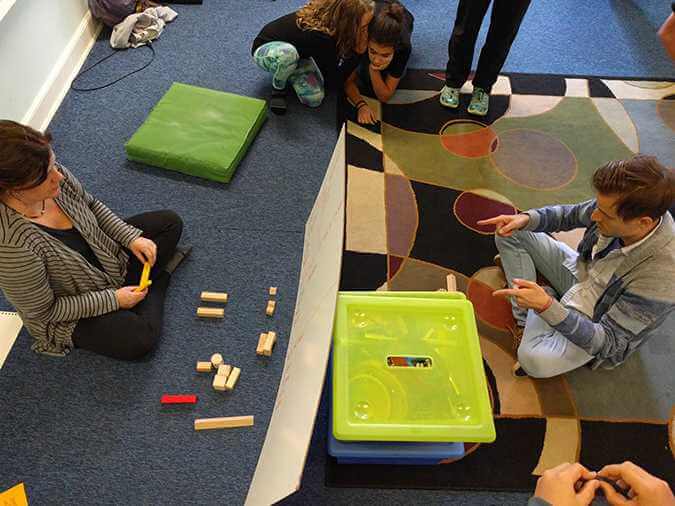
“Okay, so you see the small piece that has indents on one side, like a castle?” Tomis asks.
“The castle turret?” Melissa responds.
“Well not the cylinder, but the really small piece that has the indents on one side.”
“Oh I think I have it. I think you mean the piece that looks like a Pacman ghost.” She does have the correct piece in her hand, the rest of us could see this from our view point of both sides.
“Okay, so put it on top of the cube piece with the windows, but put it so the ridges are facing you, you see how one side has ridges? Put it so the ridges are facing you.” Tomis explains.
Melissa looks confused. From where I stand, it seems so clear the confusion, and hilarious! His vocabulary changed, and she’s examining the side for ridges, and the indents are facing down, so the piece literally looks like a Pacman ghost. He wants her to lie the piece so the Pacman ghost is laying on its side, feet facing sideways.
“Do you understand?” Tomis takes Melissa’s silence for confusion, which is totally correct.
“No.”
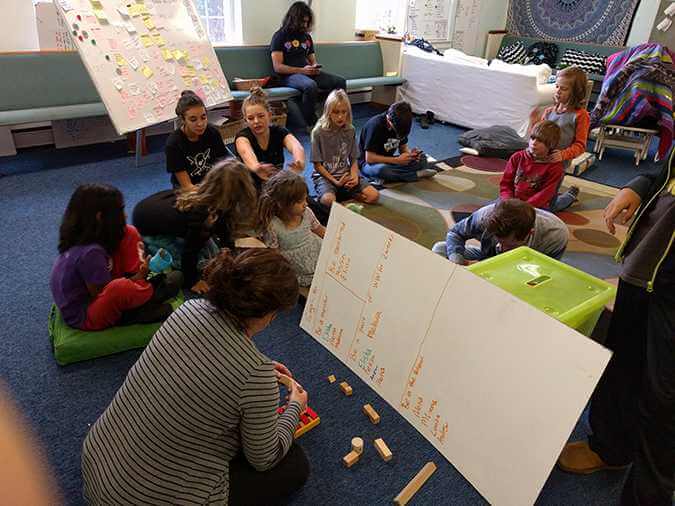
He continues with another explanation that is not understood, and finally Melissa just says, “Okay, I think I have it, what’s next.”
I look at the faces of the kids, they are whispering to each other and trying not to laugh. I turn around so they don’t see me trying to hold back laughter as well, I don’t want to give Tomis a clue that Melissa needs more explanation.
We gather in a circle after everyone wraps up to discuss the activity.
I look around at the kids and ask, “So I’d love to hear from you, what did you think of doing this activity? Was it fun? Was it challenging? What was easy? What was hard? For the sake of being able to hear all voices, let’s practice hand-raising for this sharing.”
I sit comfortably in the silence, giving anyone who wants to share time to do so.
A couple hands then go up and I call on them to share.
“It was really fun.”
“It was hard to hear.”
“Can we do it again?”
“I thought it was interesting to see what people would make from our description. I also didn’t realize how hard it would be to follow the instructions given.”
“I am glad I was allowed to ask questions. If I couldn’t ask questions, I don’t think I would be able to do it.”
I call on myself to share my own observation, “I found it interesting that some people describe using more imagery and others are more about describing the shape, like Melissa’s Pacman ghost. If Tomis described the shape as a ghost, she would’ve understood how to place it.” I pause, and then pose another question, “Why do you think Melissa and I proposed this activity for today’s Community Connection time during Change Up?”
“To help us with communication skills.”
“So we can practice working together.”
“To have fun.”
Rena’s hand goes up and I call on her. “I think it’s an empathy practice. It was really fascinating to me to describe something, to say all the words that I know mean putting the block the way I have it, but then seeing that someone else interpreted those words differently. I can see how someone else understands those words, and how it’s completely different than what I meant.”
I am floored at her insight. “Rena, I didn’t even think about this being an empathy practice, wow. I’m so grateful for you sharing this perspective! Your description of this reminds me of many times in my life when I have said something to another and then later realize how it was received was completely different than what I intended.”
I see some nods around the room. Marcy raises her hand and adds, “It’s really interesting to see how you can describe how to put a block, and your description is right, but that when someone puts it down, how they put it is right too based on the description. But it’s different than how you put it!”
“You all have added so greatly to the value of doing an activity like this! I was thinking it was a neat brain activity, one that challenges you to use your articulation skills and your listening skills and you all have shown me it helps us practice even more than that. I like that it’s also hands-on so you get to feel kinetically, and of course you are using your eyes as well. You’re coordinating so many different skills that your brain has to really work. Our brains contain so many different neural pathways, and it’s a healthy practice to challenge it to fire neurons in many different ways. That’s how we work out our brain. It needs work outs just like our muscles do. That’s why I think it’s healthy to try new things when I can, so my brain can work out.” I get up and do some brain gym movements that we’ve done at school before and continue, “And these movements also help our brains work out differently because you need coordination skills to do them.”
Then Liberty raises her hand to speak, and I call on her. “How come we aren’t doing regular change up?”
I look at the clock. It’s five minutes to three, whoops. I intended to only do this activity for the first 20 to 30 minutes as our Community Connection, but then to have Change Up meeting as normal afterwards. We never went through any of the items on the Change Up board.
“I lost track of time, Lib, I’m sorry. I did mean to go through the board but I was having too much fun with the activity and the discussion. I guess I didn’t want to stop it and it seemed like most of the group was happy to keep doing the activity too.” I pause and hear some “yeahs” and nods, especially from the kids that I know do not like Change Up meeting. I make gesture toward the Change Up board and say, “This board is really useful for some things. It is helpful to make community agreements and see how we are doing. But I think it’s important to do more than talk about the culture we are doing, but to actually come together and create the culture we want by doing something together. It challenges us to interact as a community, to see each other, to learn how to communicate with one another, and so I think that spending this hour with a mixture of a game, activity, challenge and then sometimes reviewing the board is a healthy compromise.”
Tomis raises his hand, and he adds, “I agree, and also, the culture here has grown to a point that we probably don’t need to have regular change up meeting every week. Perhaps we do something like this every other week for the whole hour and only go over the board every other week, we can talk about that at the next Change Up meeting.” The kids really perk up at this. This statement is a huge compliment and accomplishment. We’ve worked hard as a group to grow to a point where conflicts don’t take up most of our time, but the pursuit of our interests, passions, hobbies, and play do.
[1] Author’s note: The title is a sentence, not a repetitive title! The following is a story from our last Change-Up meeting, re-told a couple days later so know it’s from my perspective and memory, and there may be parts I fill in from imagination to make the story flow. An example of this is filling in specific words said when there is no recording of the exact phrasing. In these cases, I strive to portray the integrity of what was said or meant, rather than caring to know the exact phrasing of words used. There’s also the possibility that I confuse later conversation into the ones from the moment of the story due to memory mix up. Finally, for those in pictures, I will change the names of the kids for their privacy.
Knowledge that is helpful to know before reading is that we’ve changed up Change Up a little this year. There are times where it only takes 20 minutes to go through the Community Mastery Board, so we spend the other part of the hour doing some type of Community Connection – a game, an activity, a discussion, a group challenge or a practice that helps us bind as a community. For this Change Up meeting, participating in a group challenge (within smaller groups) was the activity presented.
—
This blog post was originally published on the Agile Learning Centers website on January 3, 2017 and has been reprinted by permission of the author.
If you enjoyed this article and feel called to give back to ASDE, here are ways you can support our work:
- Donate money
- Share our content with others! Click one of the buttons above to easily share on Twitter, Facebook, or email.
- Consider becoming a Contributor for Tipping Points
Tipping Points Magazine amplifies the diverse voices within the Self-Directed Education movement. The views expressed in our content belong solely to the author(s). The Alliance for Self-Directed Education disclaims responsibility for any interpretation or application of the information provided. Engage in dialogue by reaching out to the author(s) directly.


